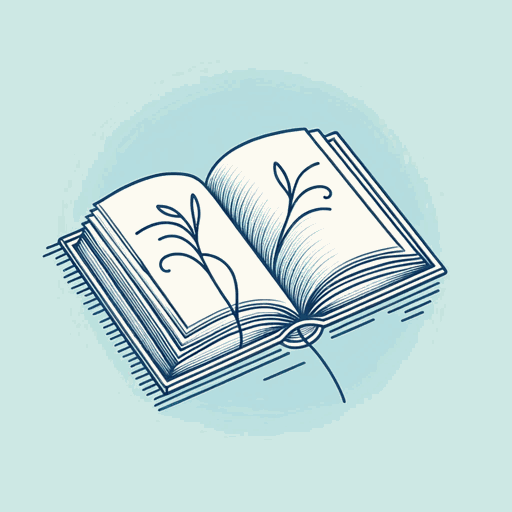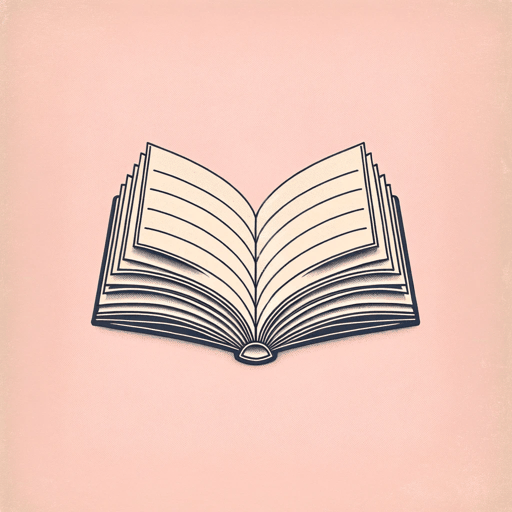50 pages • 1 hour read
Ken BainWhat the Best College Students Do
Nonfiction | Book | Adult | Published in 2012A modern alternative to SparkNotes and CliffsNotes, SuperSummary offers high-quality Study Guides with detailed chapter summaries and analysis of major themes, characters, and more.
Chapters 5-6Chapter Summaries & Analyses
Chapter 5 Summary: “Messy Problems”
How can a college education help in confronting messy, or “ill-structured” questions—wars, death-penalty jury trials, romances, problems at work, and the like? Among successful people who went to college, five traits emerge: (1) They surround themselves with diverse people and opinions; (2) they thrive on controversy and question their own prejudices; (3) they cultivate a deep curiosity about the world; (4) they do deep research on tough questions; and (5) they have mentors for support.
As a Brooklyn youth, David Protess lived with the fear of polio and nuclear war. His Jewish neighborhood read about the execution of Julius and Ethel Rosenberg, convicted of spying for Russia, and fears abounded that a new wave of killings of Jews would erupt shortly after the Holocaust. David loved to read but was a lackluster student. Struggling with these big issues and his place in the world, David discovered a vibrant community of thinkers at Chicago’s Roosevelt University, where he joined the ongoing discussions about justice in classrooms and hallways. His interests coincided with the civil rights and anti-war protests of the 1960s; he thought hard about his own biases and learned how to think constructively about the controversies sweeping the United States.


